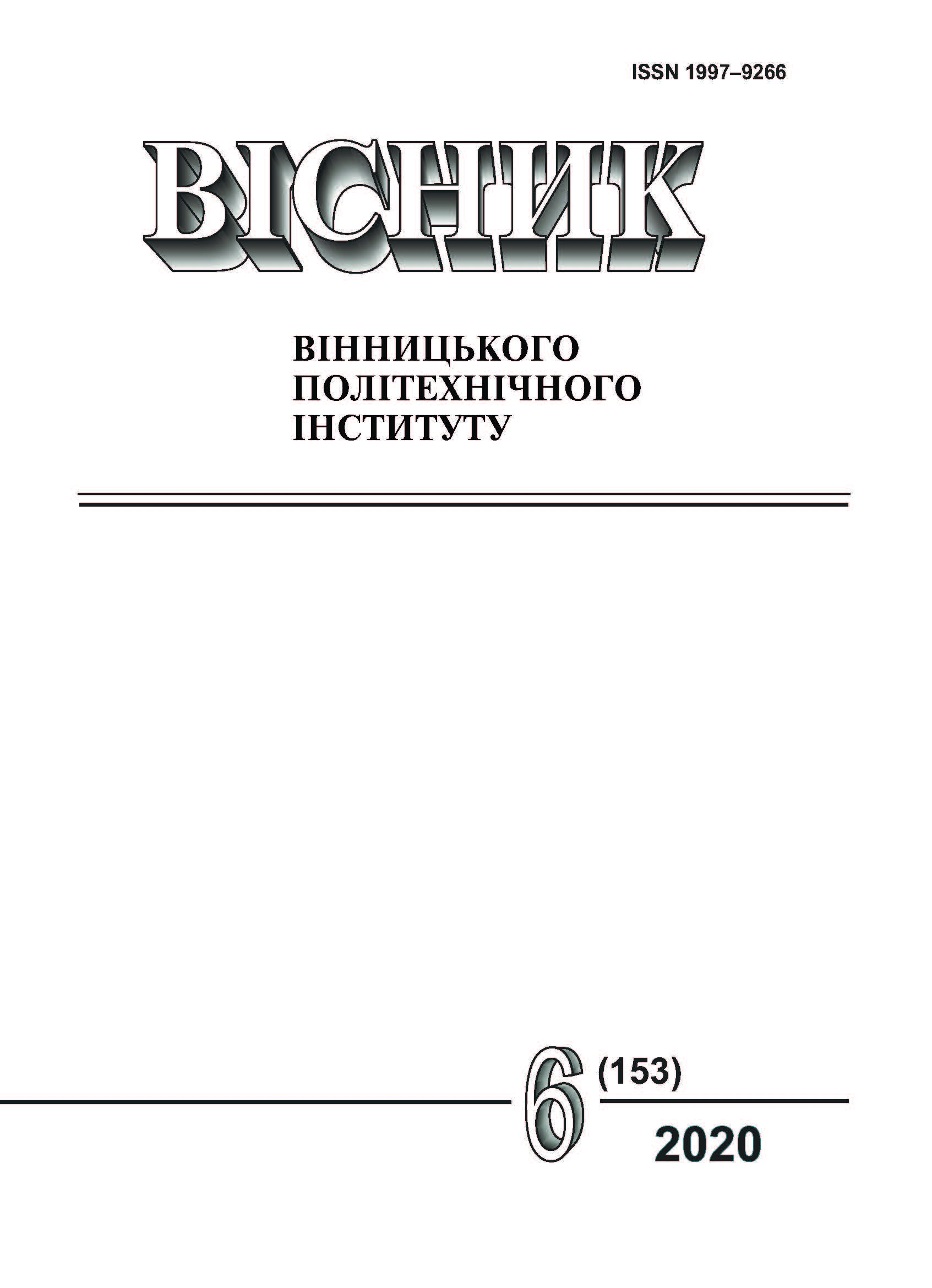Information Technology Analysis and Predicting a Multiwave Number of New COVID-19 Disease Based on Prophet Model
DOI:
https://doi.org/10.31649/1997-9266-2020-153-6-65-75Keywords:
information technology, COVID-19, time series forecasting, Prophet, Fourier series, artificial intelligence, forecasting development scenariosAbstract
The article is devoted to the improvement of the information technology previously developed by the authors for the analysis and forecasting of the number of new confirmed cases of the disease for the coronavirus COVID-19 caused by the SARS-CoV-2 infection, using the example of the daily total data of the current "wave" in Ukraine, taking into account various holidays and pseudo-holydays, which may have an abnormal effect. The previously created technology was operable only for the area of continuous growth of the values of one wave, and the improved one can already be used to analyze and predict data throughout the entire period, since it takes into account the multi-wave nature of this phenomenon. An algorithm for identifying the parameters of each wave is proposed. A number of mathematical relationships have been developed that allow, in a first approximation, to estimate the start, end and period of each wave, even in the case when one wave passes into another.
A new empirical relationships is proposed to estimate the order of the Fourier series for describing the time process of each wave for only 10 % of its values at the top, since, as a rule, such data are available in an explicit form, otherwise the data will not be recognized as a separate wave. The ratios are derived separately for the case of only positive coefficients, when the peak is located to the left of the middle of the half-period, and separately - for the case of an alternating series, when the peak is located to the right of it. However, these approximate estimates are recommended to be refined within a certain range of possible values, since in the general case of different variants of the harmonic amplitude values, the proposed ratios can give underestimates.
It is proposed to apply the model identified by this technology to predict the most pessimistic and most optimistic scenarios for the development of the phenomenon, that is, changes in the number of new confirmed cases of the disease for the coronavirus COVID-19 in the future in a given country.
Python software was created based on the Kaggle platform, which is used both for Ukraine and for 69 other countries. Using the identified models, a number of important conclusions were obtained regarding understanding the patterns of the spread of coronavirus both in Ukraine and in other 69 countries of the world. The results were submitted to the Working Group on Mathematical Modeling of Problems Associated with the SARS-CoV-2 Coronavirus Epidemic in Ukraine.
References
В. Б. Мокін, А. В. Лосенко, і А. Р. Ящолт, «Інформаційна технологія аналізу та прогнозування кількості нових випадків захворювань на коронавірус SARS-COV-2 в Україні на основі моделі Prophet», Вісник Вінницького політехнічного інституту, вип. 5, с. 71-83, Лис. 2020.
Tommaso Banelli, and Marco Vuano, Federico Fogolari, Andrea Fusiello, Gennaro Esposito, and Alessandra Corazza, “Automation of peak-tracking analysis of stepwise perturbed NMR spectra,” Journal of Biomolecular NMR, vol. 67, pp. 121-134, 2017.
C. Peng, S. W. Unger, F. V. Filipp, M. Sattler, and S. Szalma, “Automated evaluation of chemical shift perturbation spectra: New approaches to quantitative analysis of receptor-ligand interaction NMR spectra,” J. Biomol NMR, vol. 29, pp. 491-504, 2004.
Peipei Wanga, and Xinqi Zheng, “Prediction of epidemic trends in COVID-19 with logistic model and machine learning technics,” Chaos, Solitons & Fractals, vol. 139, October 2020. https://doi.org/10.1016/j.chaos.2020.110058 .
M. Indhuja and P. P. Sindhuja, “Prediction of covid-19 cases in India using prophet,” International Journal of Statistics and Applied Mathematics, no. 5 (4), pp.103-106, 2020.
Dr. Shikha Gaur, “Global Forecasting of COVID-19 Using Arima Based FB-PROPHET,” International Journal of Engineering Applied Sciences and Technology, vol. 5, issue 2, pp. 463-467, 2020.
Робоча група з математичного моделювання проблем, пов’язаних з епідемією коронавірусу SARS-CoV-2 в Україні, «Прогноз розвитку епідемії COVID-19 в Україні» на 14–28 грудня 2020 року («Прогноз РГ-32»). базова установа — Інститут проблем математичних машин і систем НАН України, створена Розпорядженням Президії НАН України від 3 квітня 2020 р. № 198. [Електронний ресурс]. Режим доступу: http://www.nas.gov.ua/UA/Messages/Pages/View.aspx?MessageID=7277 Дата звернення: грудень 14, 2020.
Б. І. Мокін, В. Б. Мокін, і О. Б. Мокін, Практикум для самостійної роботи студентів з навчальної дисципліни «Методологія та організація наукових досліджень». Частина 1: від постановки задачі до синтезу та ідентифікації математичної моделі. Вінниця, Україна: ВНТУ, 2018, 179 с.
Б. І. Мокін, В. Б. Мокін, і О. Б. Мокін, Математичні методи ідентифікації динамічних систем, навч. посіб. Вінниця, Україна: ВНТУ, 2010, 260 с.
В. М. Дубовой, Р. Н. Квєтний, О. І. Михальов, і А. В. Усов, Моделювання та оптимізація систем, підруч. Вінниця Україна: ПП «ТД «Едельвейс», 2017, 804 с.
В. П. Легеза, Математичний аналіз, підруч. 4-х томах. Т. 1. Київ, Україна: Політехніка, 2019, 336 с.
Saturating Forecasts Forecasting Growth [Електронний ресурс]. Режим доступу: https://facebook.github.io/prophet/docs/saturating_forecasts.html#forecasting-growth . Дата звернення: грудень 14, 2020.
Downloads
-
PDF (Українська)
Downloads: 323
Published
How to Cite
Issue
Section
License

This work is licensed under a Creative Commons Attribution 4.0 International License.
Authors who publish with this journal agree to the following terms:
- Authors retain copyright and grant the journal right of first publication.
- Authors are able to enter into separate, additional contractual arrangements for the non-exclusive distribution of the journal's published version of the work (e.g., post it to an institutional repository or publish it in a book), with an acknowledgment of its initial publication in this journal.
- Authors are permitted and encouraged to post their work online (e.g., in institutional repositories or on their website) prior to and during the submission process, as it can lead to productive exchanges, as well as earlier and greater citation of published work (See The Effect of Open Access).





